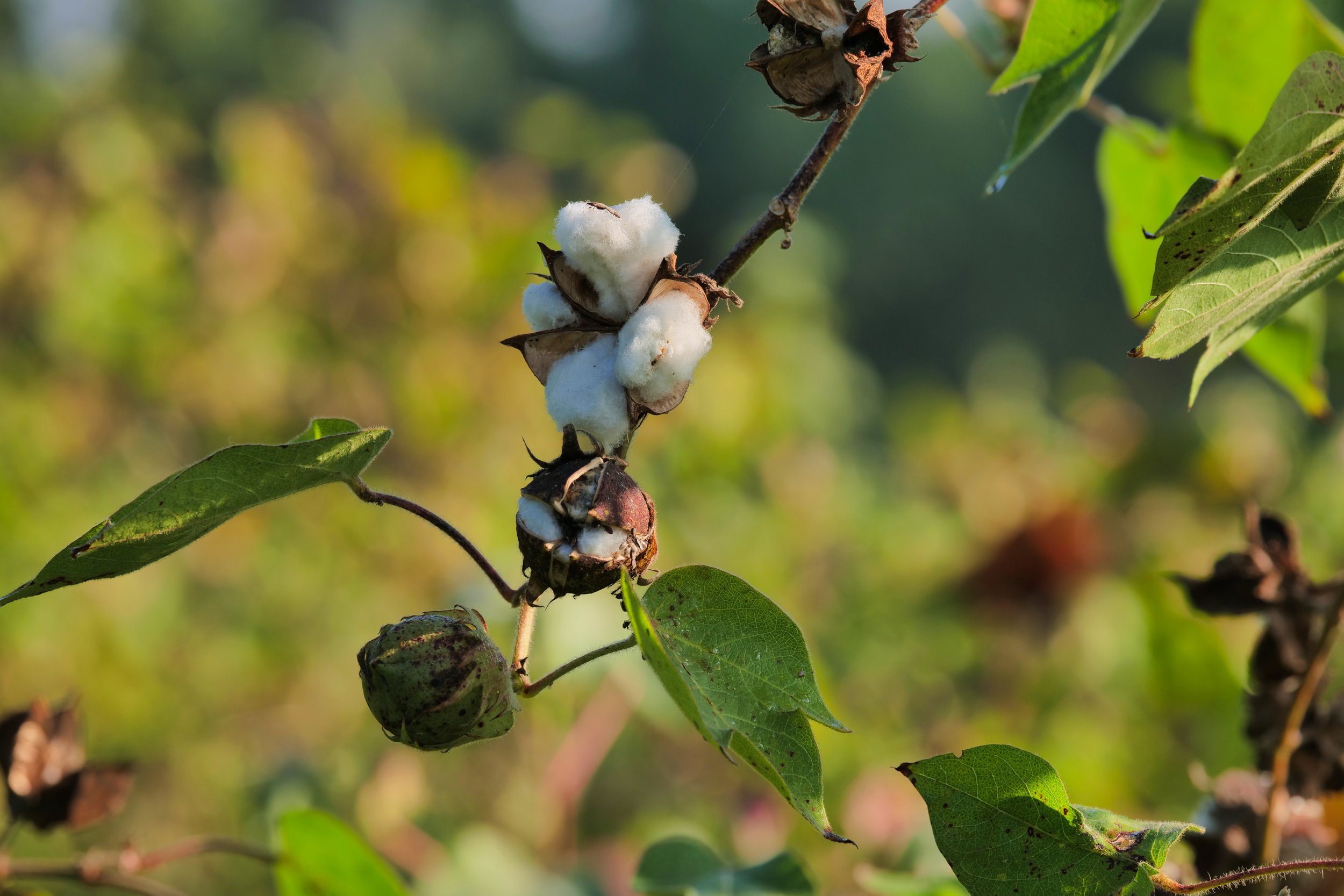CottonConnect’s Experience in Carbon Emissions Reduction

In 2019/2020 CottonConnect and Primark commissioned the Carbon Trust to conduct a carbon footprint analysis, by analysing data from cotton farmers enrolled in the Primark Cotton Project (formerly the Primark Sustainable Cotton Programme) in Gujarat, India.
A carbon footprint is the total greenhouse gas (GHG) emissions caused directly and indirectly by an individual, organisation, event, or product, and is expressed as a carbon dioxide equivalent (CO2e).
The study by the Carbon Trust identified the key emission sources and how much the Primark Cotton Project farms contributed to the emissions. The total emissions of Primark Cotton Project farms and control farms were calculated based on the inputs used by respective farmers on their farm. A comparison of Primark Cotton Project farmers with control farmers identified reductions in GHG emissions for the Primark Cotton Project farmers.
The findings from the analysis demonstrated that the emissions from use of fertilizers is highest and that from Crop Protection Agents (CPAs) is lowest. The overall analysis indicated that Primark Cotton Project farmers' reduced use of fertilizers and CPAs has led to lower GHG emissions from Primark Cotton Project farms. The low emission percentages for CPAs were due to the adoption of natural pest management practices such as intercropping, pheromone traps, bird perches, and border crops. This can be attributed to the sustainable farming practices adopted by the Primark Cotton Project farmers as a result of the training imparted during the programme.
The study provided CottonConnect with guidance on how to further reduce emissions by increasing the adoption of sustainable agriculture practices. For example, of all the sampled programme farms, only 10% had adopted soil nutrient management practices such as green manuring and use of biogas. This was higher than the control farmers yet there remains a huge potential to reduce emissions as fertilizers are the highest emitters of CO2. A further study is needed to analyse the emissions reductions of sustainable agricultural practices. The management of farm electricity and fuel usage is another opportunity to further reduce carbon footprint.































